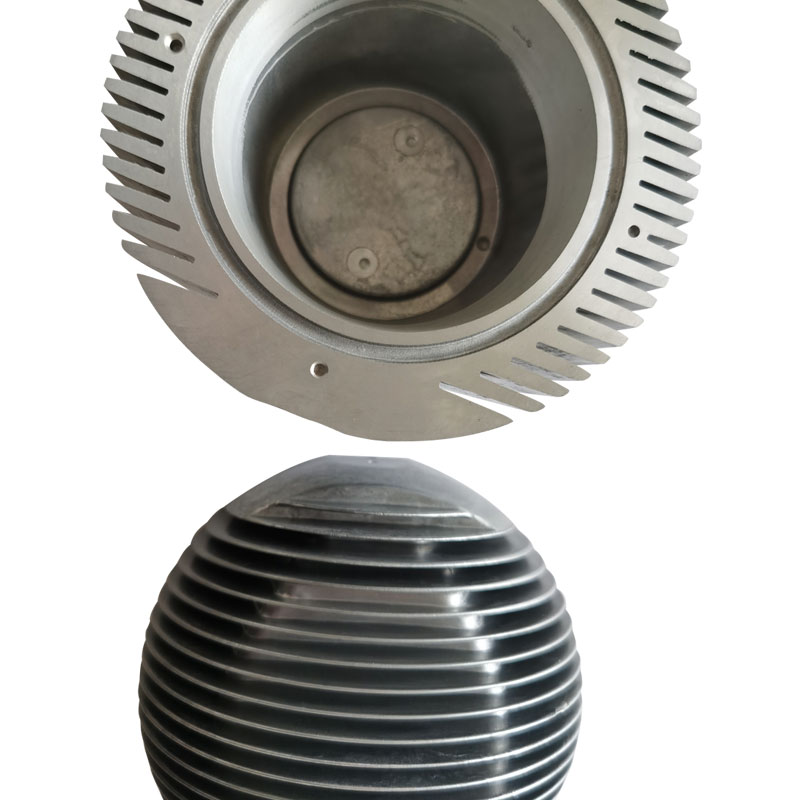Summary:
With the development of our industry, many technological levels have been improved, but there will ...
With the development of our industry, many technological levels have been improved, but there will still be some difficulties in forging processing. Sometimes the failure of forgings is due to segregation, that is, the uneven distribution of chemical composition and impurities in the steel. Generally, those with higher than average composition are called positive segregation, and those with lower than average composition are called negative segregation. There are macro segregation, such as regional segregation and micro segregation, such as dendrite segregation and intercrystalline segregation.
Brishine United Industry Co.,Limited Let me introduce you to the solutions for segregation in the production of forgings.

The segregation in large forgings is closely related to the segregation of steel ingots, and the degree of segregation of steel ingots is related to steel grade, ingot type, smelting quality and pouring conditions. Alloying elements, impurity content, and gas in steel all exacerbate the development of segregation. The larger the ingot, the higher the pouring temperature, the faster the pouring speed, and the more serious the degree of segregation.
Regional segregation is a macrosegregation, which is caused by the selective crystallization of molten steel during the solidification process, changes in solubility, and differences in specific gravity.
The countermeasures are:
1) Reduce the content of segregated elements such as sulfur and phosphorus and gases in the steel, such as using out-of-furnace refining, vacuum carbon deoxidation (VCD) treatment and ingot bottom argon blowing process.
2) Adopt multi-furnace co-pouring, riser supplementary pouring, vibration pouring and heat-generating adiabatic riser to enhance the feeder's feeding capacity and other measures.
3) Strictly control injection temperature and injection speed, adopt short and thick ingot type to improve crystallization conditions.
4) Dendritic segregation belongs to micro-segregation. The non-uniformity of the composition of the dendrites and the intercrystalline micro-regions may cause the uneven distribution of the structure and properties. Using scanning electron microscope (SEM), spectrometer (WDS), energy spectrometer (EDS) for micro-area observation and composition analysis can detect and clarify the cause, generally through high temperature diffusion heating, reasonable deformation of forging and homogenization heat treatment can eliminate or reduce Its adverse effects.
 Main:+86 574 87907106
Main:+86 574 87907106![]() Main:+86 574 87907106
Main:+86 574 87907106